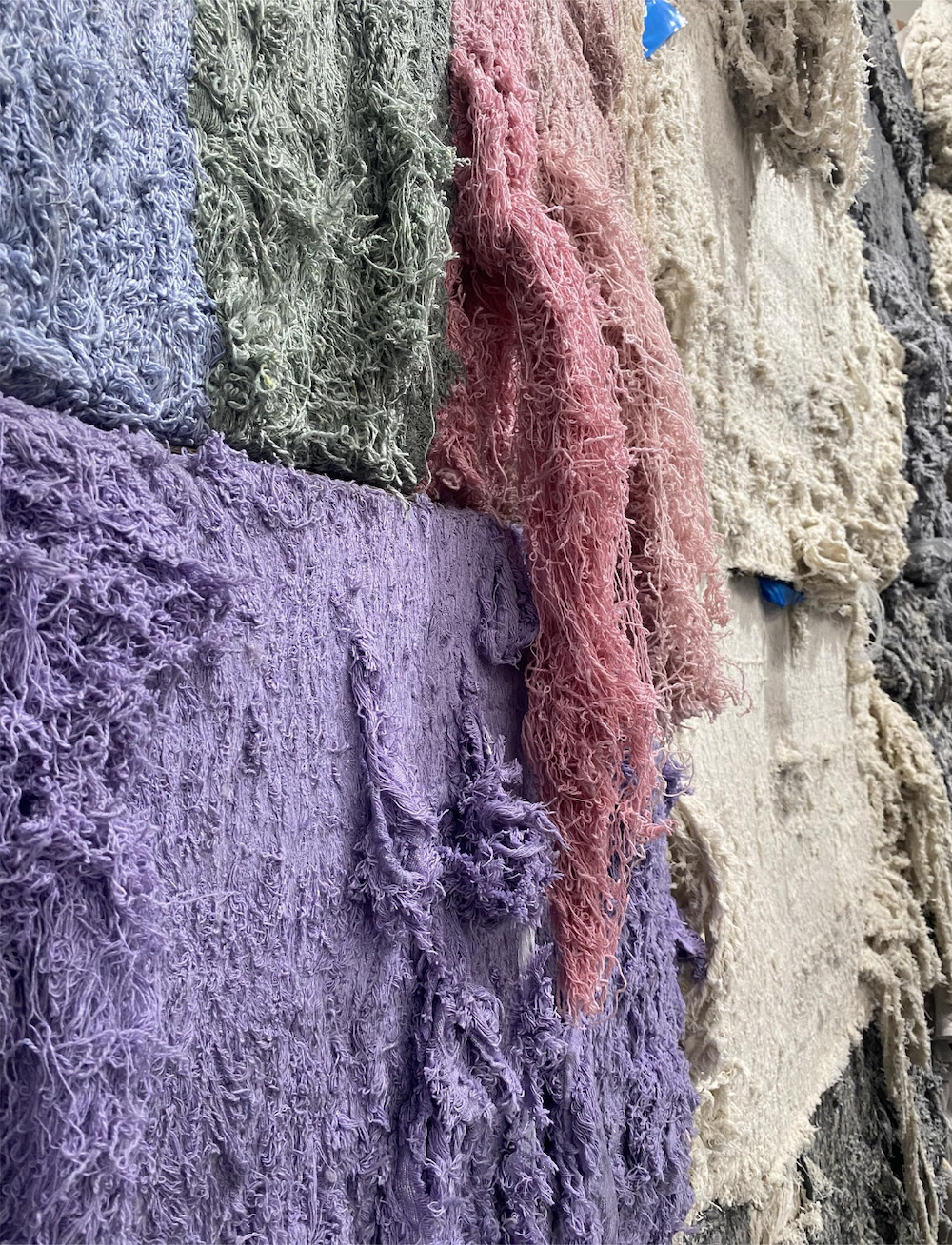With a strong commitment to sustainability, Temera’s story is deeply rooted in traceability, and the company has consistently been recognized as a pivotal player in the fashion industry, particularly in the realm of tracking and tracing with IoT and blockchain technologies. With expertise and innovation in the luxury fashion space, Temera places product at the forefront. From sourcing raw materials to enhancing the customer experience, Temera creates new opportunities for partners by enabling a certified and transparent supply chain.
Guido Mengoni, marketing and advisory director at Temera, explains how tracking product life cycle narrates its story, and Temera’s story is all about traceability.
WWD: Why are traceability and transparency more important than ever?
Guido Mengoni: In the past, traceability was primarily associated with optimizing production, logistics and retail processes, or tackling challenges like the gray market and counterfeiting. Today, sustainability has emerged as a critical priority for top-level executives aiming to foster innovation, enhance brand reputation and secure long-term business success. Sustainable businesses need to understand the pivotal role that traceability and transparency technologies play in shaping the future of our industries.
The fashion and luxury industry has not yet devoted sufficient attention to the issue, and cases of failed supply chain due diligence have come to light in recent months, resulting in significant reputational damage for brands.
WWD: How can brands look at sustainability as a strategic opportunity? G.M.: In the past, sustainability might have been viewed merely as a differentiating factor in brand’s strategy, but with the advent of new international regulations, it has transformed into an imperative requirement. By aligning with sustainable values, brands can strengthen their reputation, foster brand loyalty, tap into new market opportunities and even direct the dialogue with the final customer.
While there may be initial costs associated with transitioning to a more sustainable supply chain, it’s crucial to recognize that these investments are not merely expenses but investments with long-term benefits. The costs incurred for implementing sustainable practices are likely to be offset by the reduction in phenomena such as overproduction and waste. Moreover, adopting sustainable practices can lead to operational efficiencies, resource optimization and, ultimately, cost savings over time.
WWD: How does Temera help brands collect the key information they need to uniquely identify, verify and track their products?
G.M.: Temera excels in traceability and unique identification, offering brands the expertise, technologies and platforms needed to gather essential information throughout their production process. Unlike solutions solely focused on sustainability, Temera’s capabilities extend to comprehensive traceability across the supply chain. As providers of traceability solutions for major luxury players such as LVMH, Kering, Tapestry, OTB, Prada Group, Moncler, Ferragamo, Brunello Cucinelli, Valentino and more, Temera has a proven track record of assisting brands in collecting key information to uniquely identify, verify and track their products.
Consider this partner case study on visibility. By implementing Temera’s solutions, this luxury brand was able to efficiently gather crucial data at every stage of the production process — from sourcing raw materials to distribution — enabling them to ensure authenticity, streamline logistics and provide customers with greater transparency on product origin and journey. As a result, the brand strengthened its reputation for quality and authenticity and gained a competitive edge by meeting the growing consumer demand for transparent and traceable luxury goods.
WWD: How do Temera’s solutions assist with circularity?
G.M.: By tracing products from conception to warehouse, whether unsold or returned by the end customer at the end of their life cycle (in a virtuous brand-customer relationship), this allows us to leverage product information to repurpose its components and raw materials for new life cycles. The active commitment of brands facilitates these processes. If a product is conceived according to eco-design principles, its upcycling becomes much easier due to its inherent nature.



